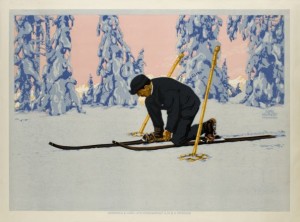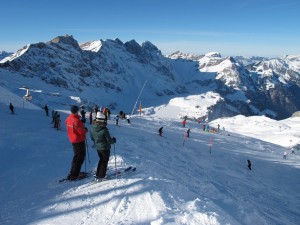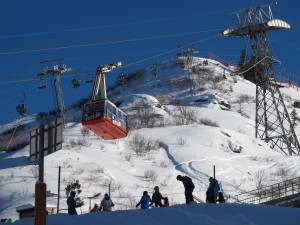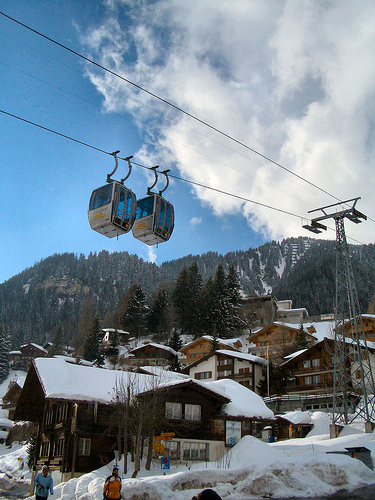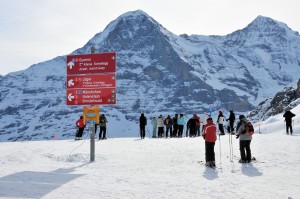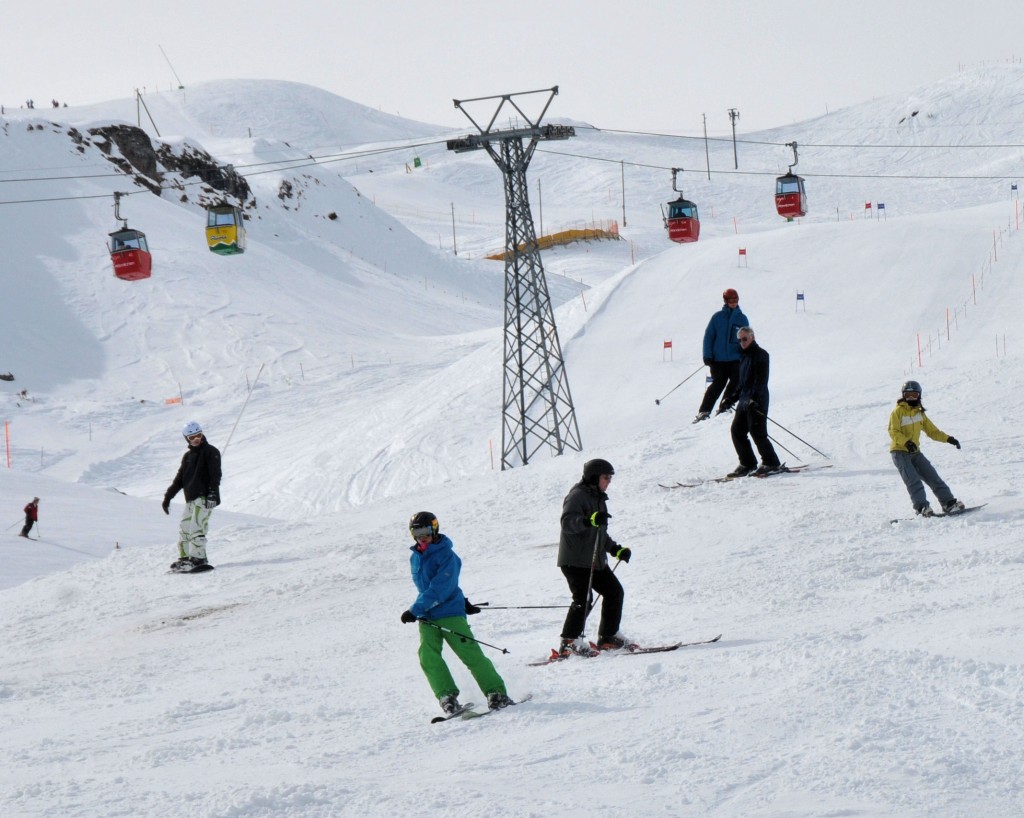Last winter the Swiss newspaper, the Sonntags Zeitung, published a list of the best hotels in Switzerland. The full article is here, but I have listed what they consider the best three star hotels:
1. (Last Year: 4) Alpine Lodge,Saanen-Gstaad BE
Tel 033 748 41 51,alpinelodge.ch
Doubleroom from 360 Fr.
2. (1) Waldhaus am See,St. Moritz GR
Tel 081 836 60 00, waldhaus-am-see.ch
Doubleroom from 310 Fr.
3. (3) Romantik Hotel Schönegg, Wengen BE
Tel 033 855 34 22, hotel-schoenegg.ch
Doubleroom from 380 Fr.
4. (2) Krone, La Punt GR
Tel 081 854 12 69, krone-la-punt.ch
Doubleroom 250 Fr.
5. (5) Misani, Celerina GR
Tel 081 839 89 89, hotelmisani.ch
Doubleroom from 230 Fr.
6. (6) Jungfrau, Wengernalp BE
Tel 033 855 16 22, wengernalp.ch
Doubleroom from 440 Fr.
7. (8) Hotel Kernen,Schönried-Gstaad BE
Tel 033 748 40 20, bruno-kernen.ch
Doubleroom from 320 Fr.
8. (-) Chesa Randolin,Sils Baselgia GR
Tel 081 830 83 83,randolins.ch
Doubleroom from 236 Fr.
9. (11) Eienwäldli, Engelberg OW
Tel 041 637 19 49,eienwaeldli.ch
Doubleroom from 280 Fr.
10. (-) La Couronne, Zermatt VS
Tel 027 966 23 00,hotel-couronne.ch
Doubleroom from 256 Fr.
11. (7) Sporthotel, Pontresina GR
Tel 081 838 94 00, sporthotel.ch
Doubleroom from 250 Fr.
12. (13) Bella Vista, Zermatt VS
Tel 027 966 28 10,bellavista-zermatt.ch
Doubleroom from 235 Fr.
13. (12) Parkhotel Schönegg, Grindelwald BE
Tel 033 854 18 18,parkhotelschoenegg.ch
Doubleroom from 340 Fr.
14. (16) Alphubel, Saas-Fee VS
Tel 027 958 63 63, hotelalphubel.ch
Doubleroom from 314 Fr.
15. (15) Chesa Grischuna, Klosters GR
Tel 081 422 22 22,chesagrischuna.ch
Doubleroom from 439 Fr.
16. (20) Alpenblick, Fiesch VS
Tel 027 970 16 60,hotelalpenblick.ch
Doubleroom from 150 Fr.
17. (9) Le Mont Paisible,Crans-Montana VS
Tel 027 480 21 61, montpaisible.ch
Doubleroom from 220 Fr.
18. (14) Romantik Hotel Muottas Muragl, Samedan GR
Tel 081 842 82 32,muottasmuragl.ch
Doubleroom from 240 Fr.
19. (18) Adler, Adelboden BE
Tel 033 673 41 41,adleradelboden.ch
Doubleroom from 308 Fr.
20. (19) Müller Mountain Lodge, Pontresina GR
Tel 081 839 30 00, hotel-mueller.ch
Doubleroom from 300 Fr.
21. (24) Meisser, Guarda GR
Tel 081 862 21 32, hotel-meisser.ch
Doubleroom from 230 Fr.
22. (17) Bodmi, Grindelwald BE
Tel 033 853 12 20, bodmi.ch
Doubleroom from 294 Fr.
23. (10) Homann,Samnaun-Ravaisch GR
Tel 081 861 91 91,hotel-homann.ch
Doubleroom from 290 Fr.
24. (21) Europe, Zinal VS
Tel 027 475 44 04, europezinal.ch
Doubleroom from 200 Fr.
25. (25) Alphorn, Gstaad BE
Tel 033 748 45 45,gstaad-alphorn.ch
Doubleroom from 252 Fr.
